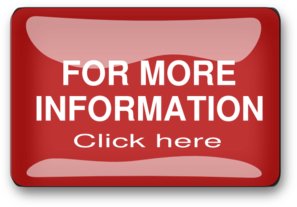

Some sites exploit this assumption on purpose. If I am creating an account and I fill out the form, I assume the most prominent button on the page will be used to execute the Create Account command. Users have expectations of what a single button on a page will do, based on the page they are on. You can have more actions on the page, but make sure there is only one primary. Don’t have more than one primary action button on the screen at a time One of the most common issues we see is a site where a button is styled as a link or vice-versa.Ĥ. Links are frequently used as in-site navigation between the pages of the site and outside. Links do not invite the user to take action, rather, they take the user somewhere. That primary Sign Up button is there to direct all the new visitors to the site. If not, you're familiar with the site and will know where to go to log in. The reason is that if you've already signed up for an account, there is a good chance you'll be automatically signed in. You'll notice on many Sign Up / Log In designs, the Sign-Up button is always primary. Be sure to give prominence to the primary action button by making the secondary action appear secondary, visually. When in doubt, the default action is the primary one. Secondary actions are any actions that are less important. The primary action is an action that allows the user to accomplish their most common or most important goal. Visually differentiate Primary and Secondary actions Buttons that look like buttons (left) vs. Also, links are not buttons (we'll get to that a little later). Don’t get “creative” and style a button into something that doesn’t look actionable to users. Users know what a button is and looks like. Your users have used many sites and applications before yours and know what they are looking for. While this sounds challenging, this information can be easily conveyed using basic design principles such as hierarchy, color and shape. Through your design choices, they should know which clickable items cause action and which don’t. A user will almost subconsciously scan the screen to make sense of what they're looking at. Users need to know instantly what is clickable and what’s not. In this article we’ll explore those best practices across 4 categories and 13 tips that are important to successful and easy-to-use interfaces. Following user expectations and established UI design patterns is the best way to create effective user-centered products.


Follow these 13 tips about styles, placement, and wording to create better user interfaces.īuttons should be the first choice when designing for action, because that is what buttons are intended for and what users expect. Buttons are designed for users to take action on a page or a screen. querySelector ( '.output' ) const clearBtn = document. querySelector ( 'input' ) const output = document. querySelector ( 'input' ) const sizePicker = document. fillRect ( 0, 0 ,width ,height ) const colorPicker = document. querySelector ( '.m圜anvas' ) const width = canvas. Allowing cross-origin use of images and canvasĬonst canvas = document.HTML table advanced features and accessibility.From object to iframe - other embedding technologies.Assessment: Structuring a page of content.


 0 kommentar(er)
0 kommentar(er)
